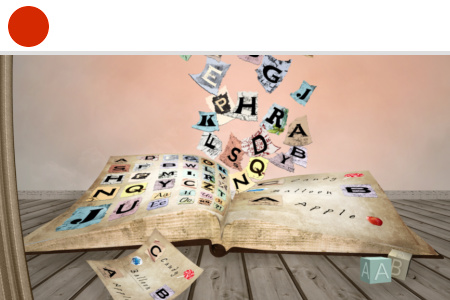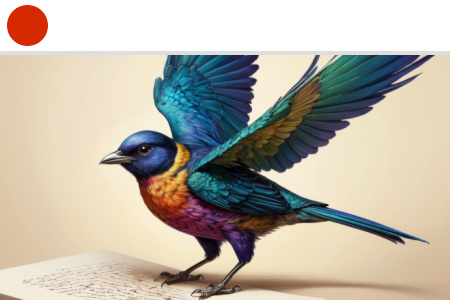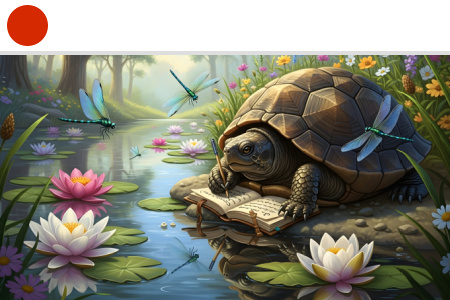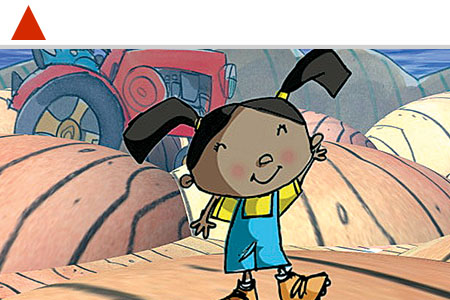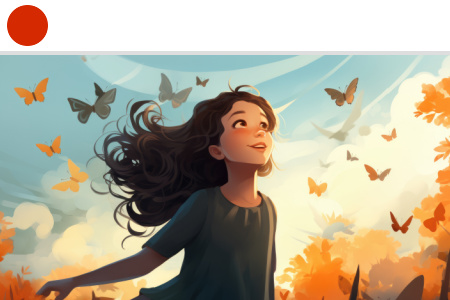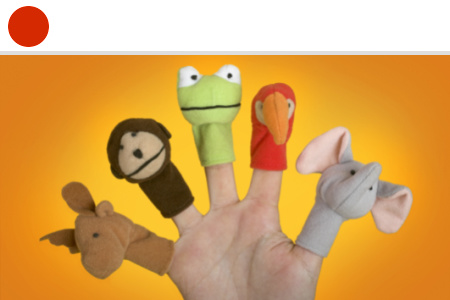Welcome to Our American Folklore Homeschool Language Arts Course
Where would a nation be without its stories? Through American Folklore, your middle and high school students can explore the stories of our nation. This twenty-six-week language arts course can be used as downloadable or interactive lessons and offers students the chance to study more deeply the stories, poems, and songs that make up our national treasury of folklore, using readings, research and writing assignments, and additional activities to help students enjoy and connect with America’s folktales.
Explore our iST interactive curriculum offerings! Members, sign up for free below.
A Parent’s Perspective:
“(iST is) excellent and very user-friendly and makes the learning experience fun. I recommend using this program, especially for kids with dyslexia.” – Michelle Nel
Stay organized and confident in your homeschool journey with the Homeschool Records Center and Schoolhouse Gradebook. Simplify record keeping, track progress, create transcripts, and meet state requirements with printable tools and expert guidance—all in one convenient place.
External links may be included within the course content; they do not constitute an endorsement or an approval by SchoolhouseTeachers.com of any of the products, services, or opinions of the corporation, organization, or individual. Contact the external site for answers to questions regarding its content. Parents may wish to preview all links because third-party websites include ads that may change over time.
Para traducir cualquier página web, haz clic en los tres puntos o líneas en la esquina superior derecha de tu navegador, o haz clic aquí para más información.
American Folklore
Length: 26 weeks
Content type: Text based
Grades: 7–12
Cheri Blomquist
Related Classes You May Enjoy

























